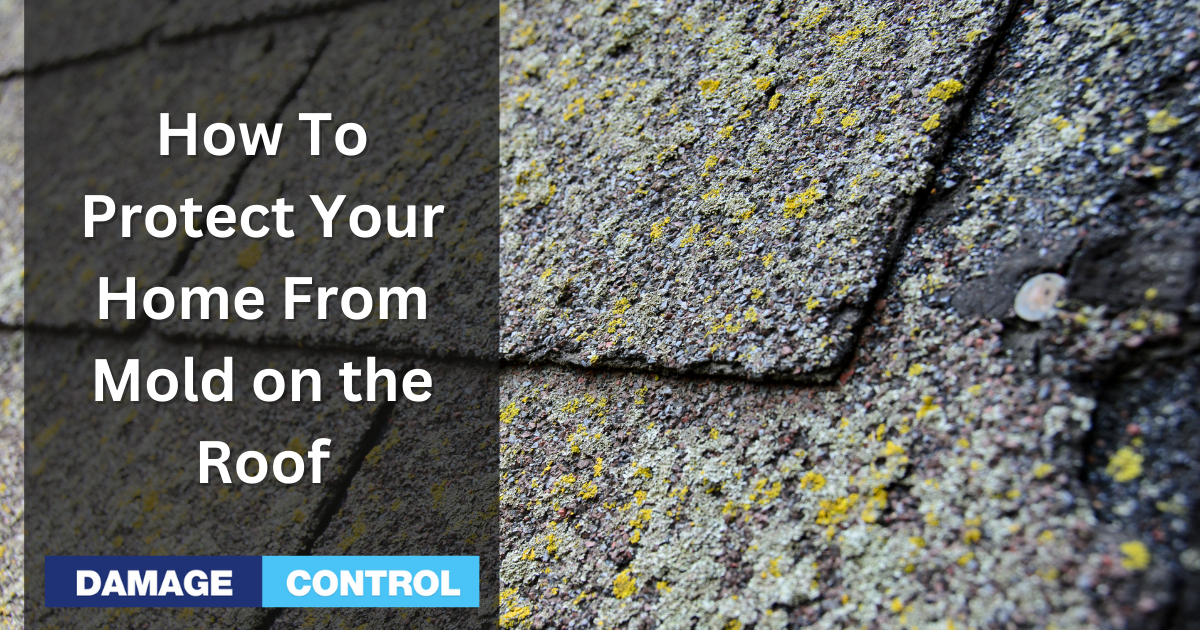Mold on the roof can be a major hazard for your home and eventually lead to the degradation of the roof material. It's important to understand what mold is, how it gets on your roof in the first place, and most importantly – how to get rid of it before it causes damage. In this post, we will explore what exactly mold on the roof means, why prevention is key when combating this issue, and different removal techniques that can help eradicate any existing growths.
How to Prevent Mold on the Roof
Before you learn how to prevent mold on your roof, you need to understand that having a moldy roof is not a universal problem for homeowners. Different factors can affect whether or not a moldy roof is something you need to worry about. For example, if your home gets a ton of sunlight on all surfaces, then mold is probably not something you will have to worry about. But the northern and western sides of homes are most prone because they generally get the most sunlight, and therefore moisture doesn't get a chance to set in and allow mold to grow.
Zinc Strips
Zinc strips are often utilized on roofs to prevent moss growth. However, they also prevent mold growth. If you aren't comfortable getting on your roof and placing the strips, you should allow an experienced roofer to handle that job. They will do a far superior job because they understand roofing systems and how they work. They will not create an accidental leak on your roof, which the average person likely will.
Having zink strips placed at the capping on your roof ensures that water hits it, absorbs some zink, and travels down the roof. Preventing it from getting started, much less increasing across the roof. It may cost you a few hundred dollars to get it done, but you'll spend the same calling your local roofing contractor or roof cleaning company once a year to maintain your roof and the materials that protect your entire home.
Regular Inspections
Even though the topic is mold on the roof, if you don't repair and maintain your roof, it will infiltrate your attic and home from the water leaking from a damaged roof. Annual inspections by your roofing contractor are a must if you want your roof to last its intended lifespan. It's not an expense; it's an investment into your home and family.
How to Remove Mold from the Roof
Most roofing contractors and roof cleaning services will never tell you they use pool cleaning chemicals, a concentrated bleach solution. You can use regular bleach in a garden sprayer and get the same results. But be careful. It will kill your plants and possibly mess up the paint on your home if the pigments are not high quality.
Conclusion
Mold grows on roofing material, you can prevent it and eliminate it for a nominal cost with professional services, but you can also DIY the job with bleach and a normal garden sprayer if you choose. You should be fine if you're comfortable on your roof and use common sense. Leave it to the pros if you're not comfortable dealing with mold. They'll take care of you.
Damage Control 911 is a mold and water damage remediation service based in Orlando, Florida.

